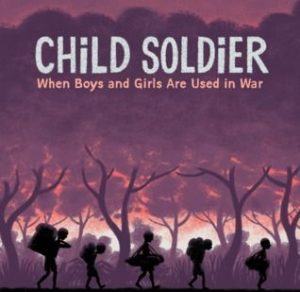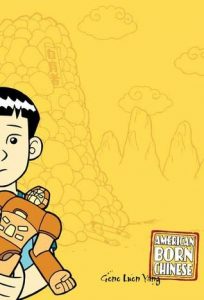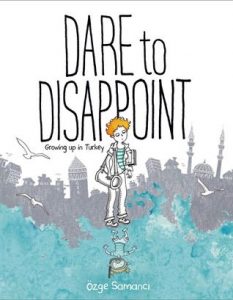
Graphic Novels for Global Citizenship
UPDATE: FULLY FUNDED!
As part of a larger 10-week elective course I’m preparing for, I wanted to teach a short unit using graphic novels. However, we have no communal library at our school and acquiring a class set of texts can be expensive. Regardless, I think that Global Citizenship is an important worthwhile goal, and graphic novels are the perfect tool to teach the experiences of others. ![]()
https://www.donorschoose.org/project/graphic-novels-for-global-citizenship

Why Global Citizenship?
We live in an increasingly global society. Our interconnectedness is spurred on not only by the ease of travel but by the ease of communication as well. We see and hear the news stories from all around the world, rules made in one country can drastically impact trade or prices in another, and global conflict exists with unfortunate frequency. Here in the USA it has been a crazy year with the Russian investigation, North Korean feud, Net Neutrality laws (that impact the world), and most recently with the resurgence of Iranian protests. It’s easier and convenient to focus on domestic problems, but the truth is that we now live in a global society. Our schools and educational system need to start reflecting this, not only for the benefit of our students, but for the future of our country as well. I have consistently made this a priority in my classroom, and have written about its importance for sometime now. This 10-week elective is just an exciting continuation of that trend; using arts as a tool to approach the complicated topic of “Global Citizenship.”
Are Graphic Novels effective?
Graphic novels have been called the “grand equalizers” of literacy, because struggling and strong readers alike can enjoy and discuss them on a level playing field. Graphic novels also support ELL readers. They (literally) illustrate figures of speech and cultural norms. They make vocabulary and content more accessible. It’s not only easy to understand advanced ideas like point of view, foreshadowing, and omnipresent narration, but simple techniques as well, such as using quotations instead of speech bubbles. Incorporating graphic novels into content area studies can boost student engagement and understanding. Finally they provide an easy entry point into the complex topics that these novels discuss. I think this last point for me is what is so important. I’ve seen effective lit circles in my school, students passionately discussing the Hunger Games, and I thought wouldn’t it be wonderful to have them discussing real world issue with such fervor? The novels in this unit all examine similar themes, but each one looks at that theme through a slightly different lens.
Why These Novels?
I aim to use 3 or 4 texts in this unit: American-Born Chinese, Child Soldier, Dare to Disappoint, & Persepolis. The countries and cultures that they’ll expose my students to vary, but the theme and messages in the books all share the same spirit. All the text are from the perspective of a school aged protagonist, the main characters are all trying to find their own voice, all are living a dual life (rebelling against a society while trying to fit in) and all the protagonists end up moving from their respective countries to the states. These similarities did not happen by chance, I read through dozens of graphic novels, scouring online lists, and used a very helpful librarian (thanks Sulzer Library!) to choose the ideal books to make this unit work.
Students will choose a novel (with guidance) based on their interests and reading level, and then read through it with their peers in small groups. They will have a discussion prompt packet to jot down ideas and answers in as they read through (What was the character’s biggest conflict? [page number] or “At what age did they leave home?”[pn]) and then discuss their findings. Discussion groups will have 3 parts: 1) with their homogeneous group all with the same novel, 2) with the group of another novel comparing and contrasting, and 3) whole class to examine an universal themes between the texts. It is an ambitious unit to be sure, but also potentially an extremely powerful one. However, I’ll only because to teach it if have the materials, and for that I’ll need your help!
Donate Now:
https://www.donorschoose.org/project/graphic-novels-for-global-citizenship


